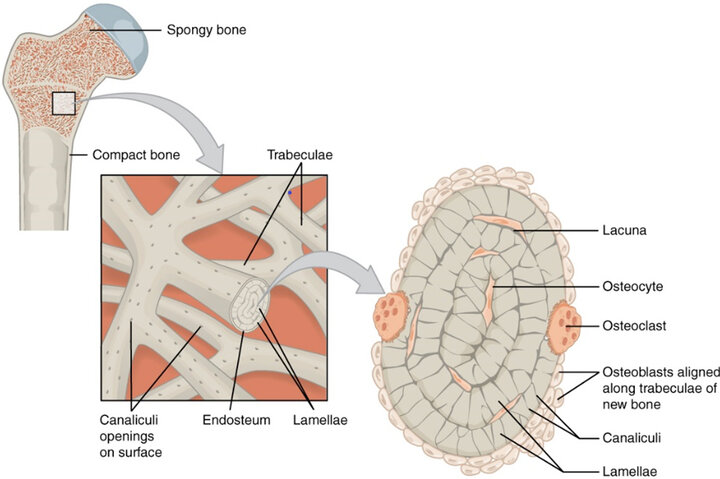| Faculty Advisor |
Wen Qian
|
|---|---|
| Contact Email | wqian2@unl.edu |
| Website | |
| Advisor College: |
Engineering
|
| Potential Student Tasks |
As a student trainee, you’ll start by learning the basics of microscopy and how we use it in our research. You’ll help run experiments, collect and analyze data, and work closely with senior students and the adviser. You’ll also take part in preparing materials and keeping the lab organized. Each week, you’ll join lab meetings to stay connected with the team, and you’ll have the chance to present your progress during the semester—great experience for building your confidence and communication skills. |
| Student Qualifications |
We’re looking for students who are responsible, detail-oriented, and have strong reading and writing skills—especially when it comes to understanding scientific articles. Students from any major are welcome to apply, though this opportunity may be especially interesting to those studying Physics, Chemistry, Biochemistry, Materials Science, Mechanical or Biological Engineering, or other related fields. |
| Training, Mentoring, and Workplace Community |
Our team is deeply committed to supporting student learning, professional growth, and creating a welcoming, inclusive lab environment. New students receive hands-on training, close mentoring from senior students and the adviser, and plenty of opportunities to build research and communication skills. We hold regular lab meetings to foster collaboration and discussion, and we value each student’s contributions, no matter their background or experience level. We are flexible with student schedules and understand the importance of balancing academics, work, and personal commitments. Some tasks may even be done remotely, depending on the project. Our past students have gone on to top graduate programs, and we take pride in helping them reach their goals. Secondary Contact: Luke Schwaninger, lschwaninger2@huskers.unl.edu |
| Available Positions |
1
|
This research is the first of its kind to closely explore how the microscopic makeup of bone—especially around tiny boundaries called cement lines—relates to bone fractures in postmenopausal women. We compared women who had broken bones with those who hadn’t, even though both groups had similar age and bone density. Our goal is to uncover how subtle differences in bone composition might make some people more likely to suffer fractures from everyday activities. By understanding these hidden weaknesses, we hope to find better ways to prevent broken bones and improve treatments, an issue that affects millions of aging people around the world.
Professor Qian provided this diagram showing the microscopic structure of spongy bone tissue.
